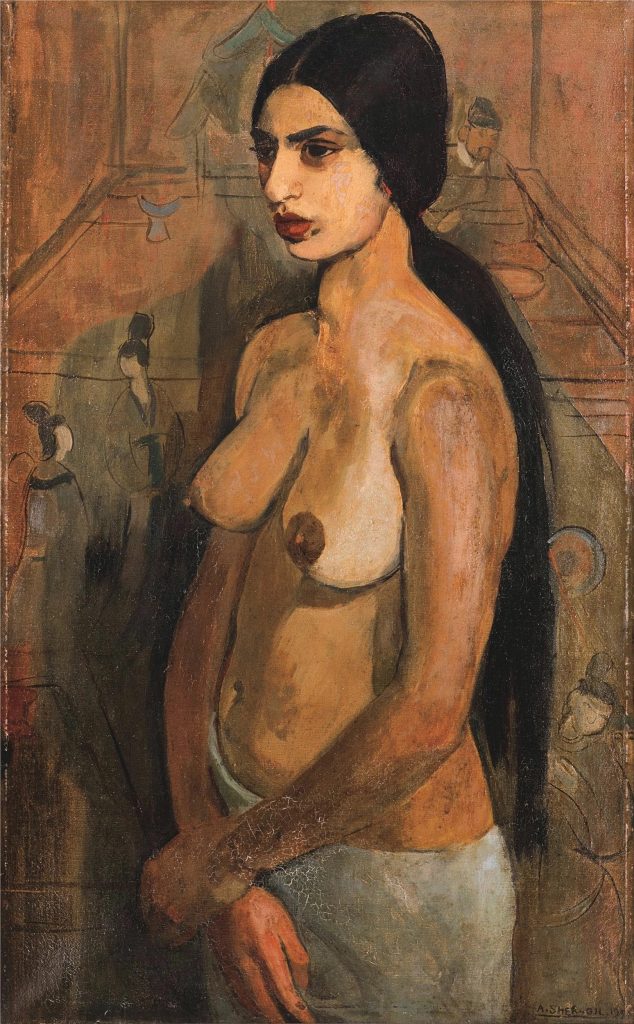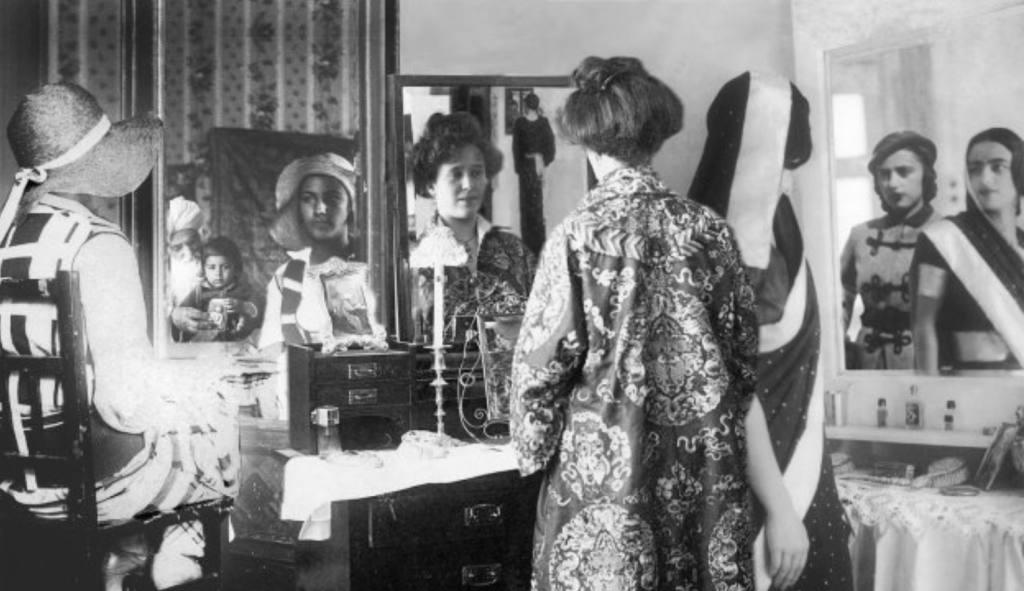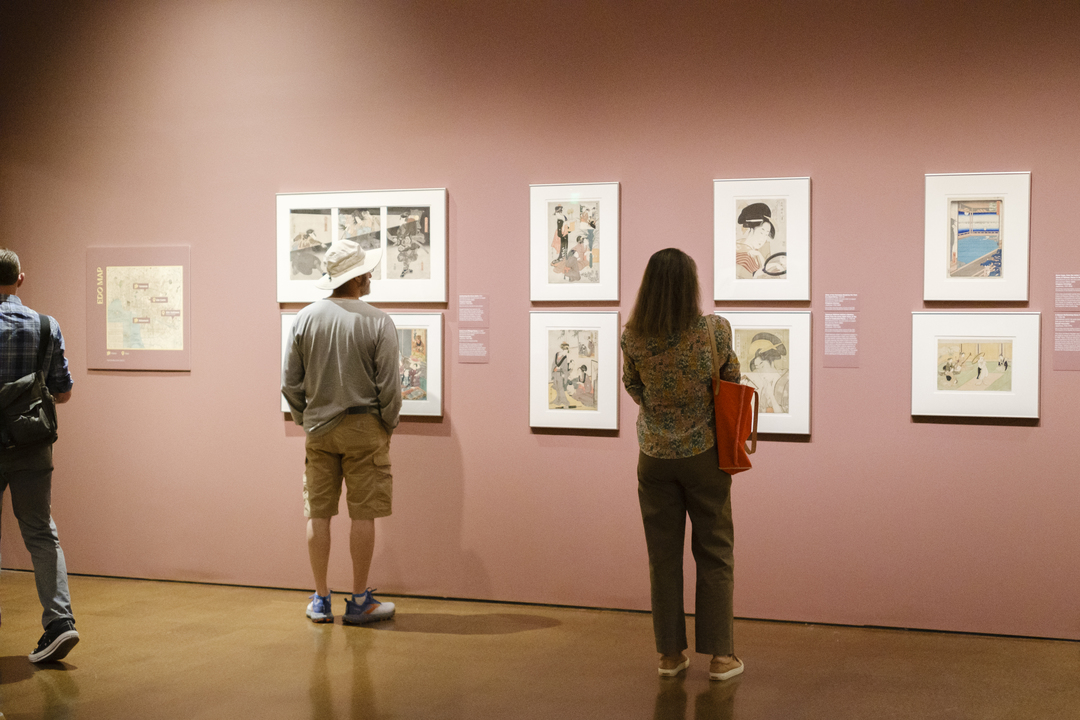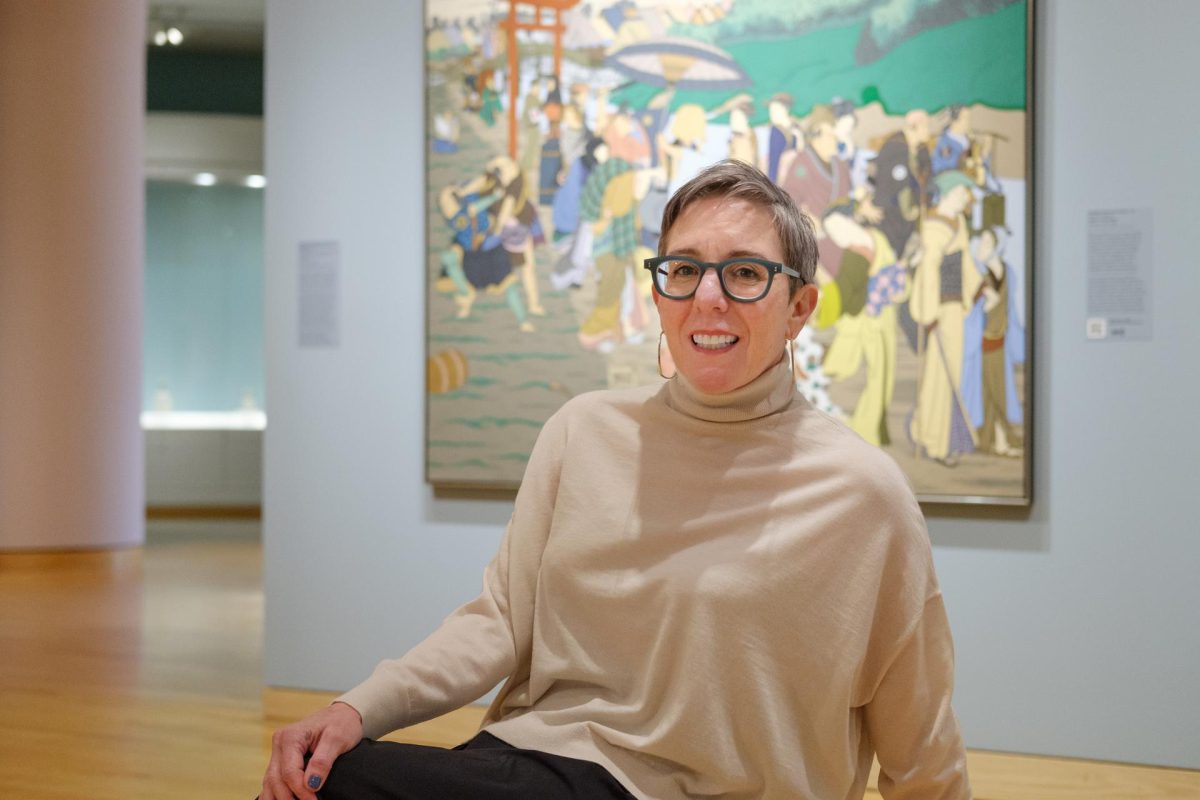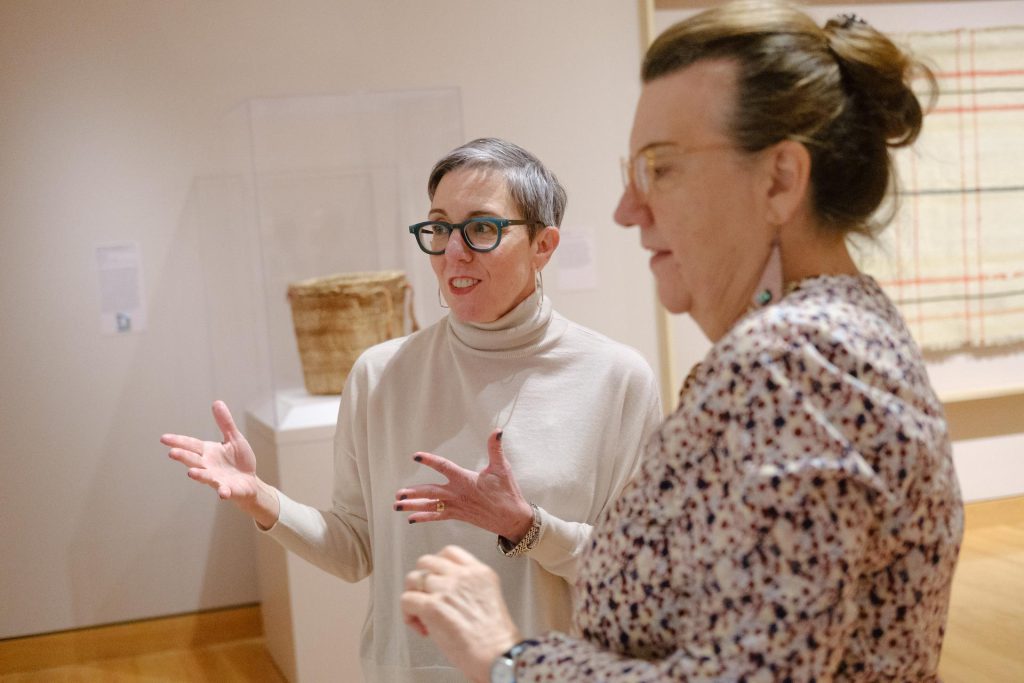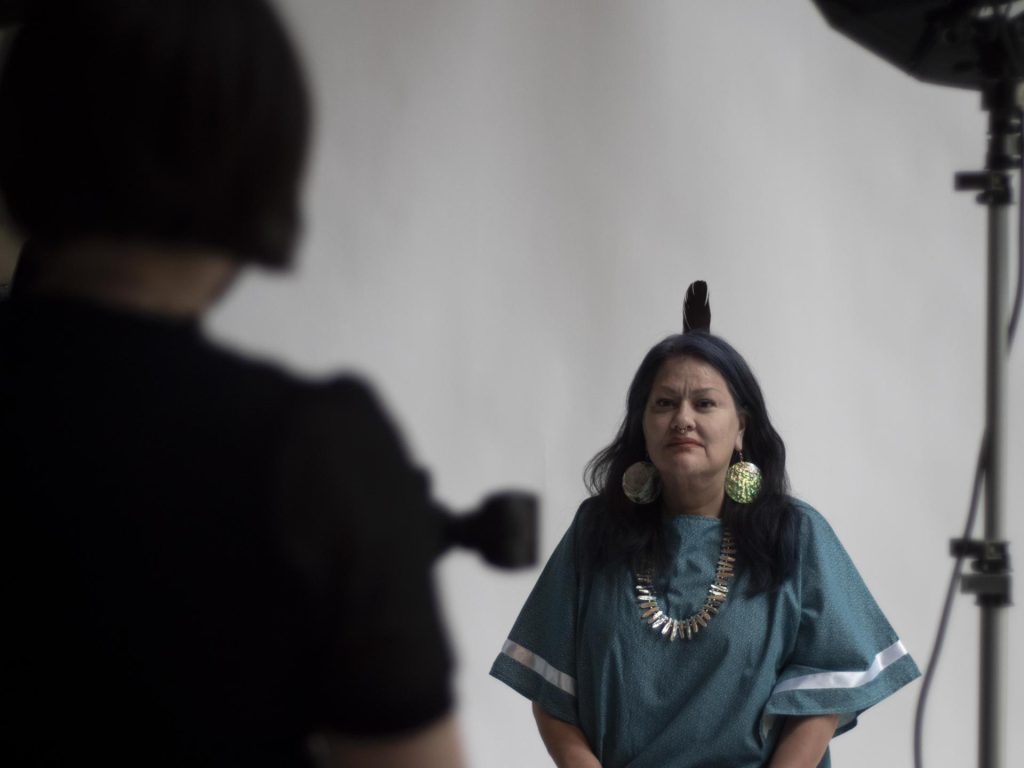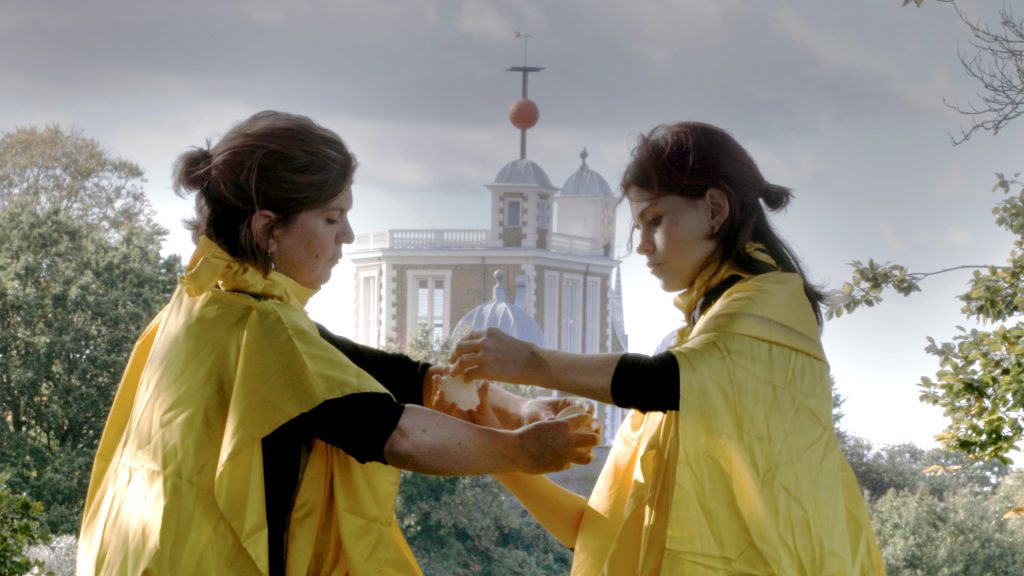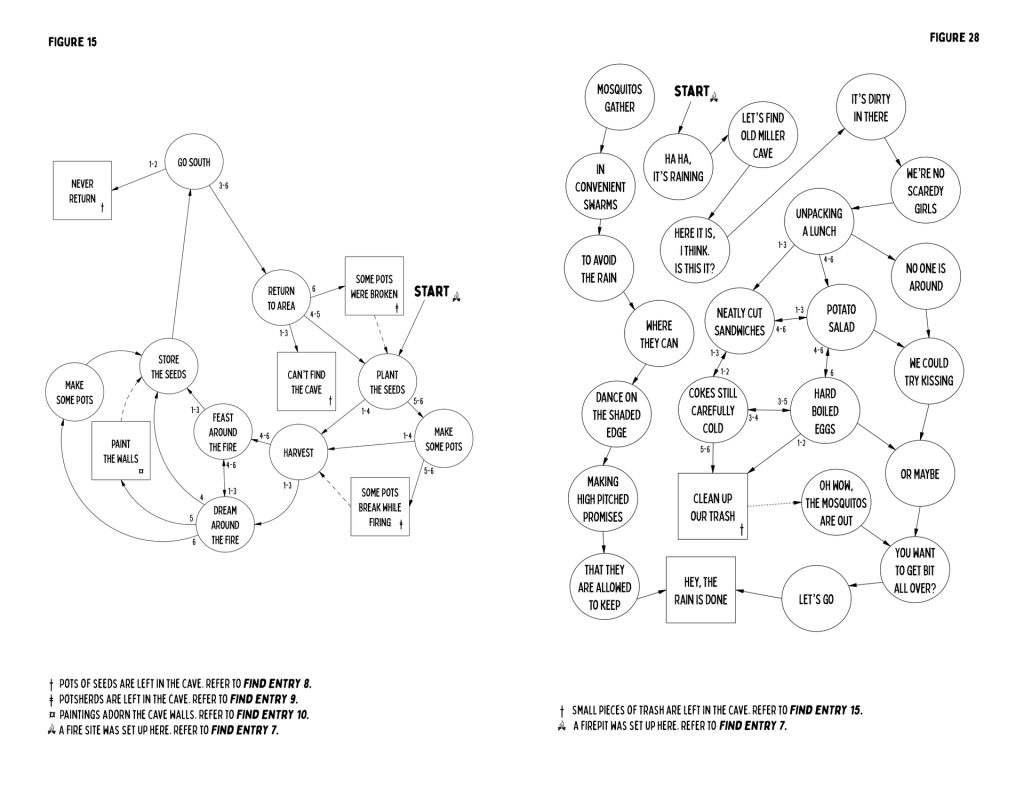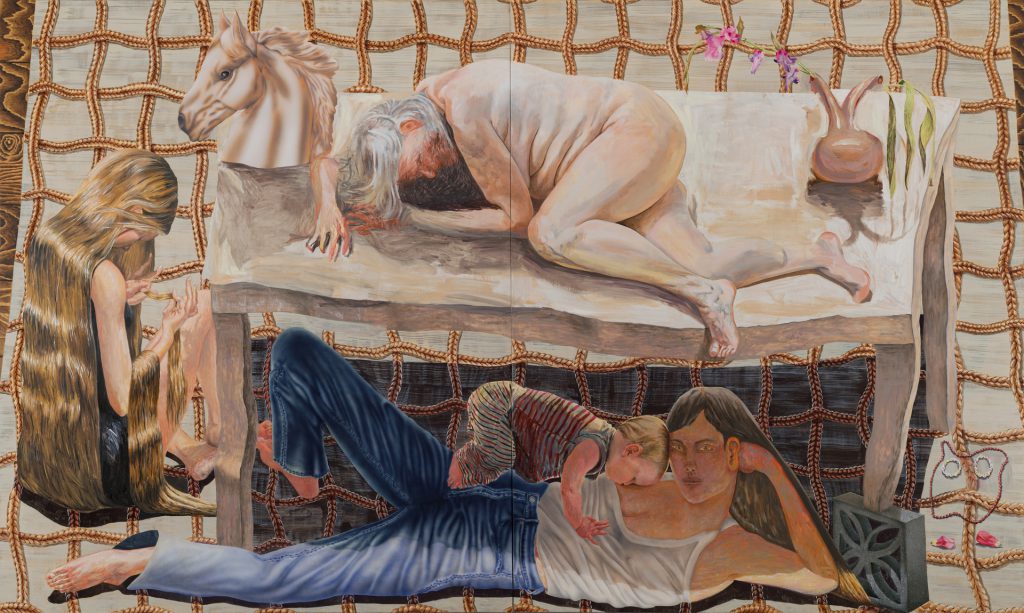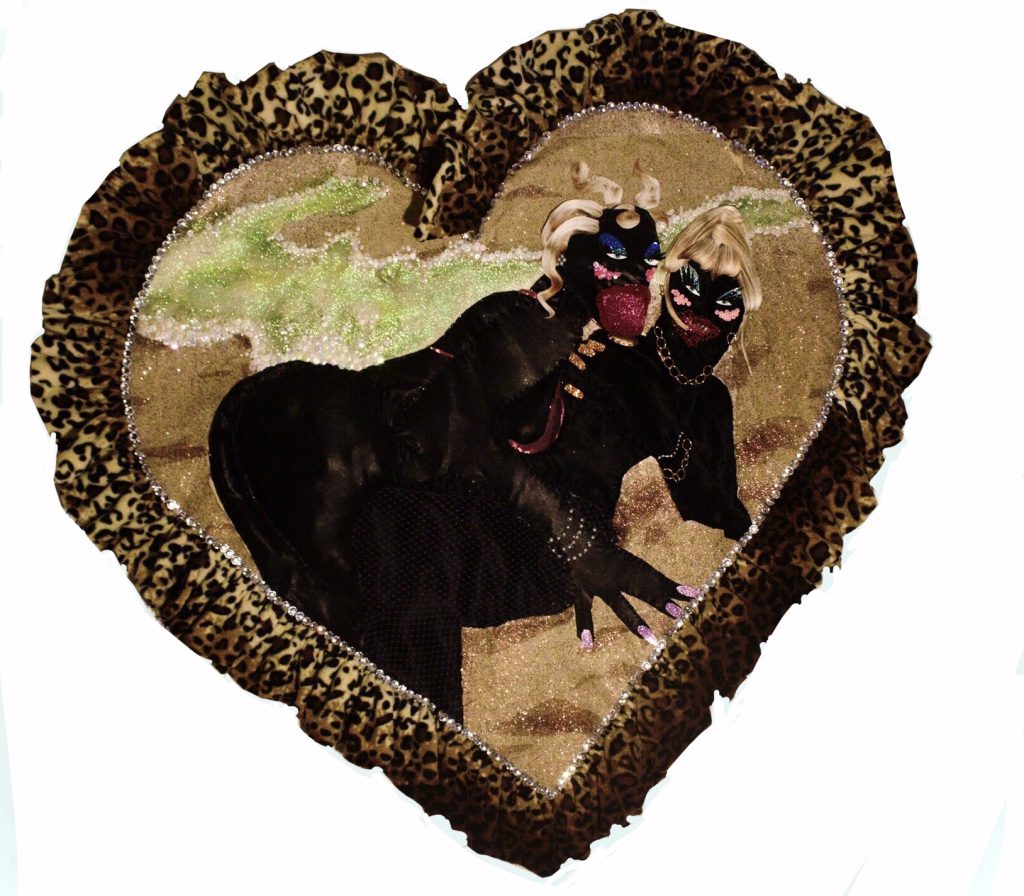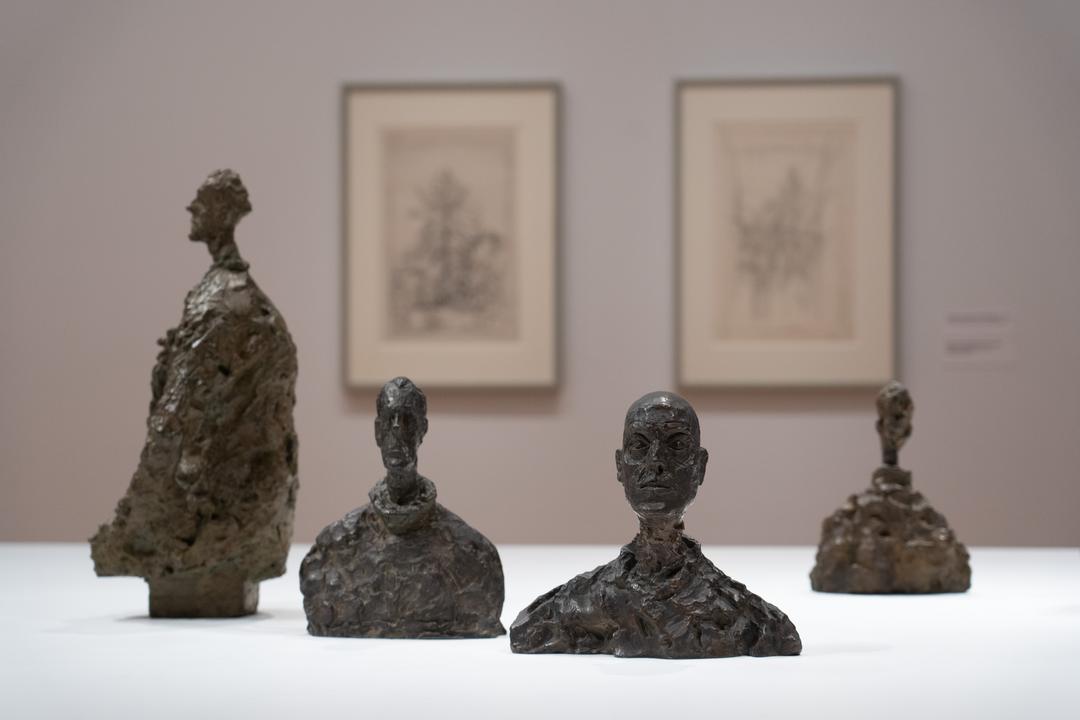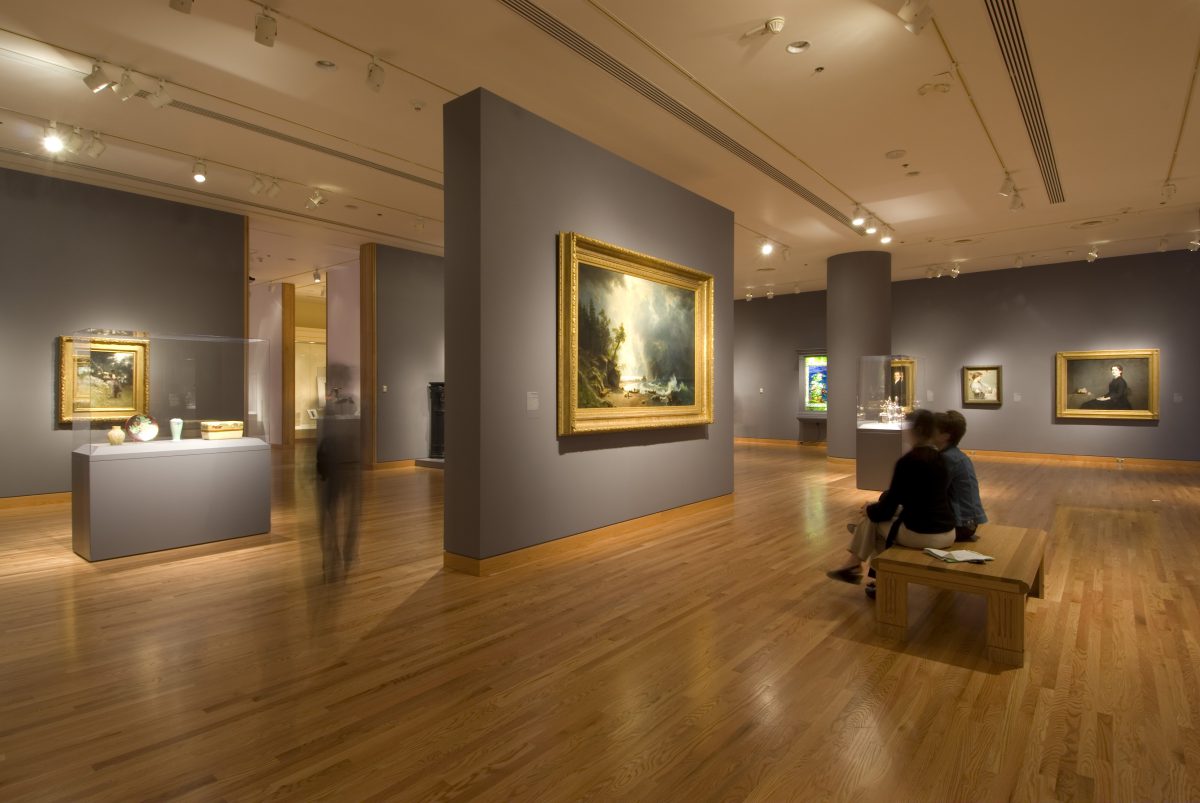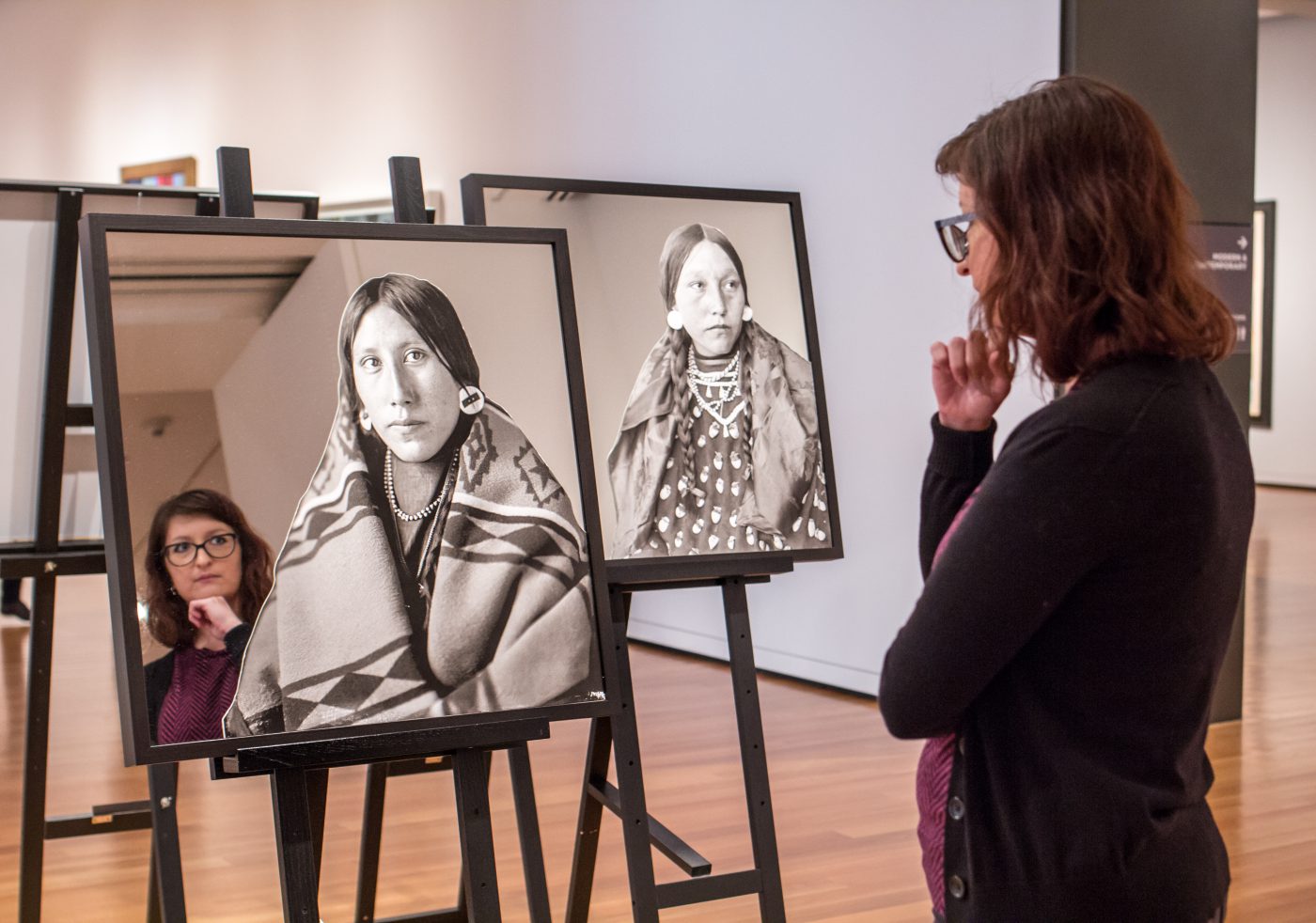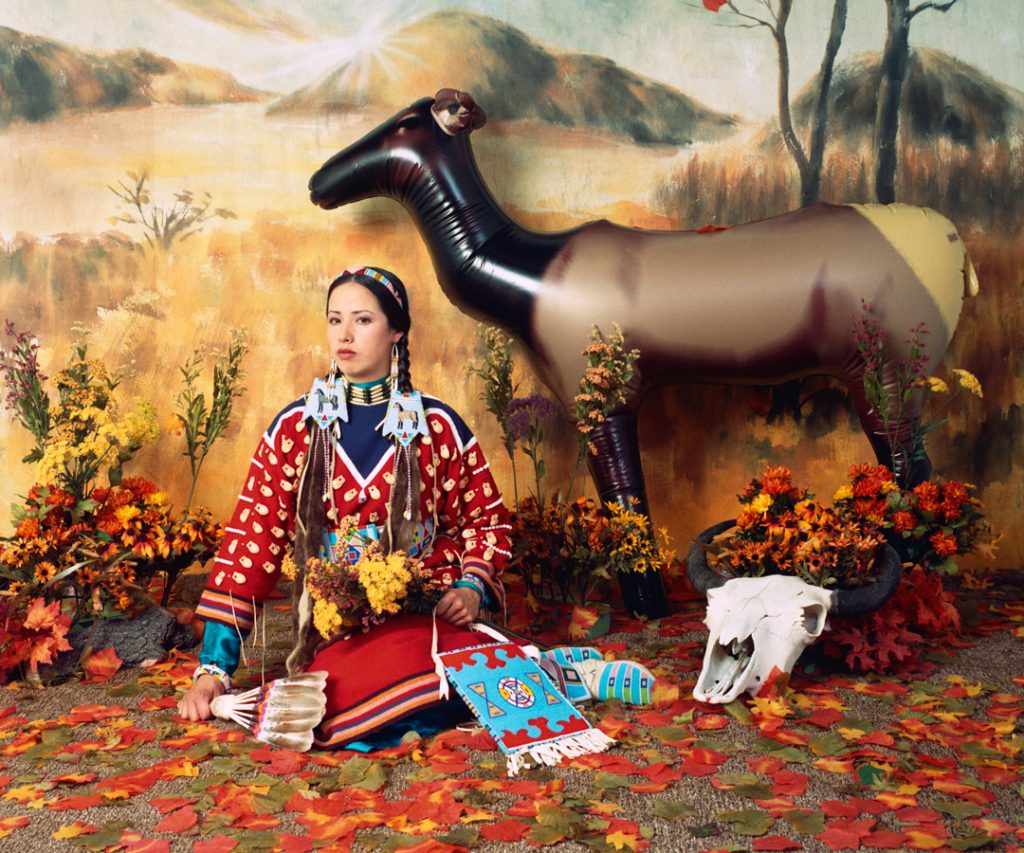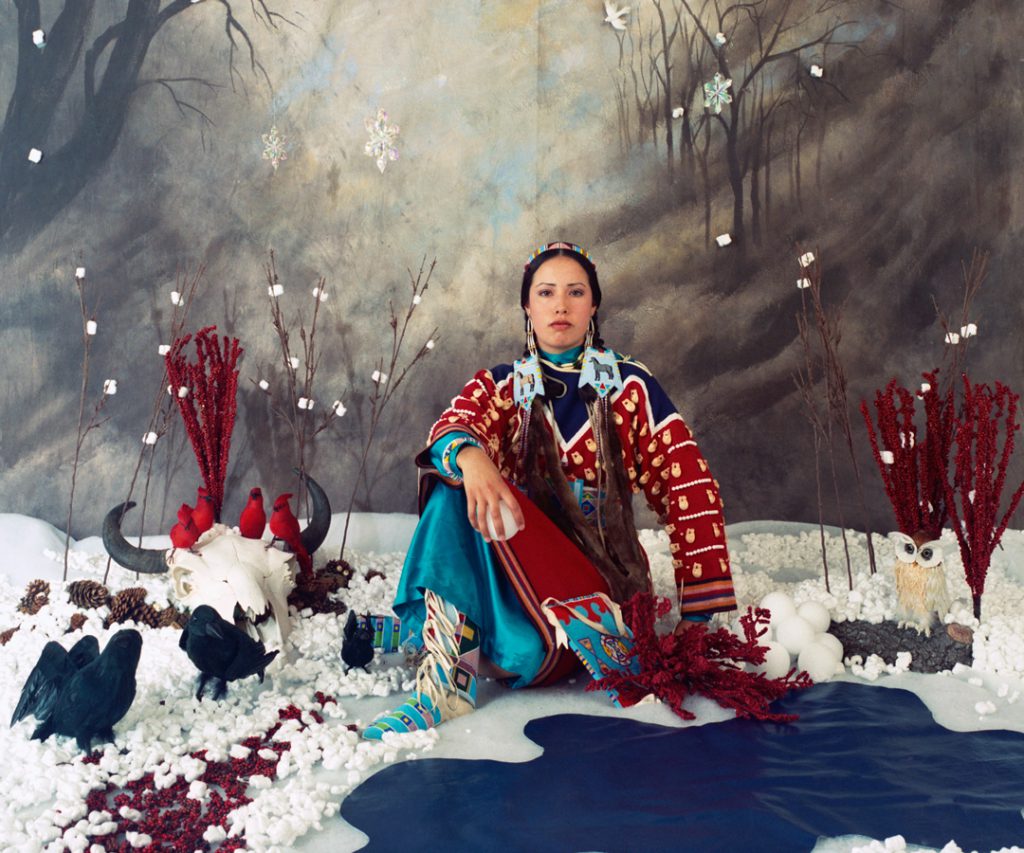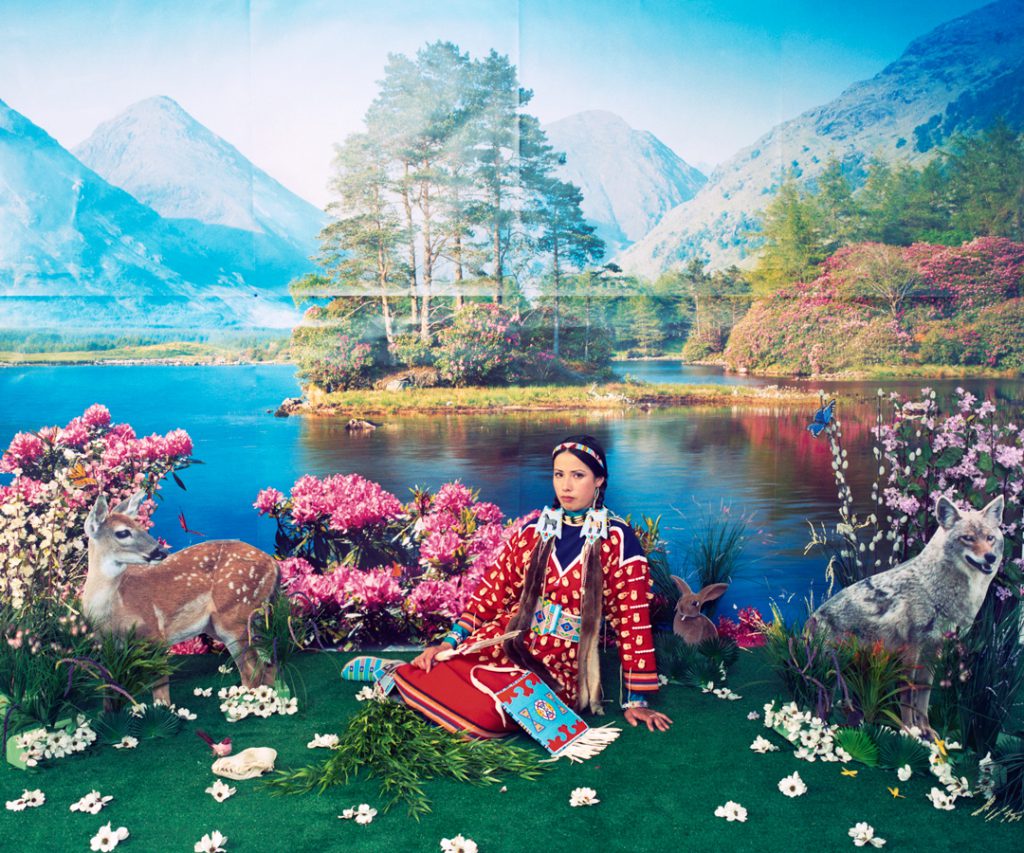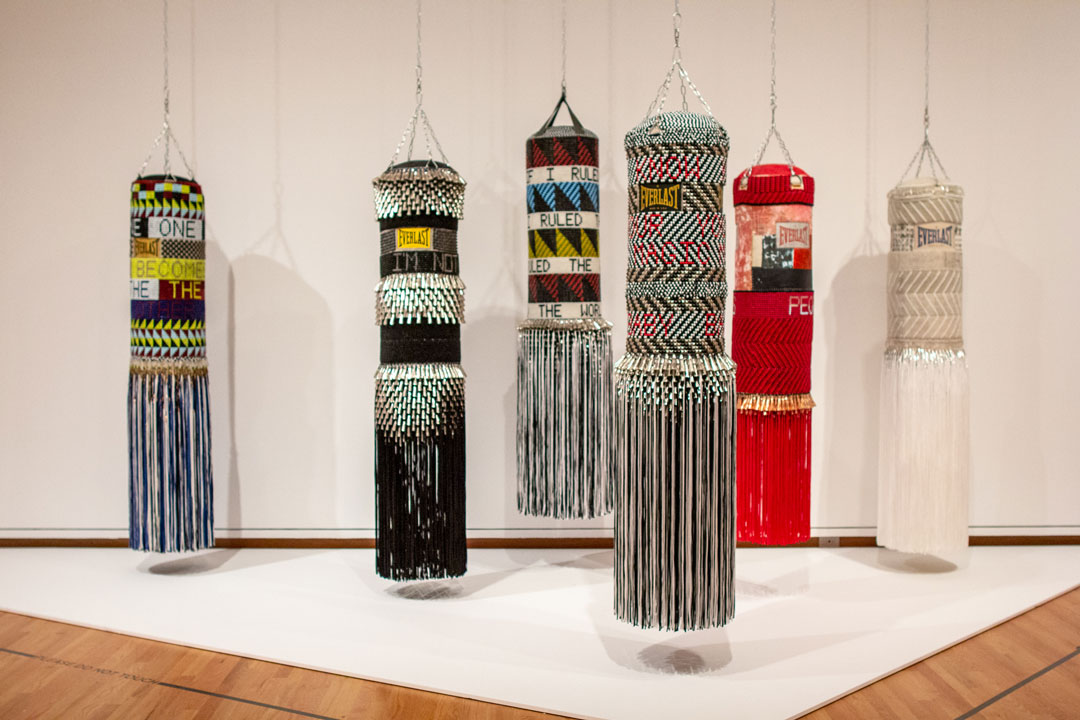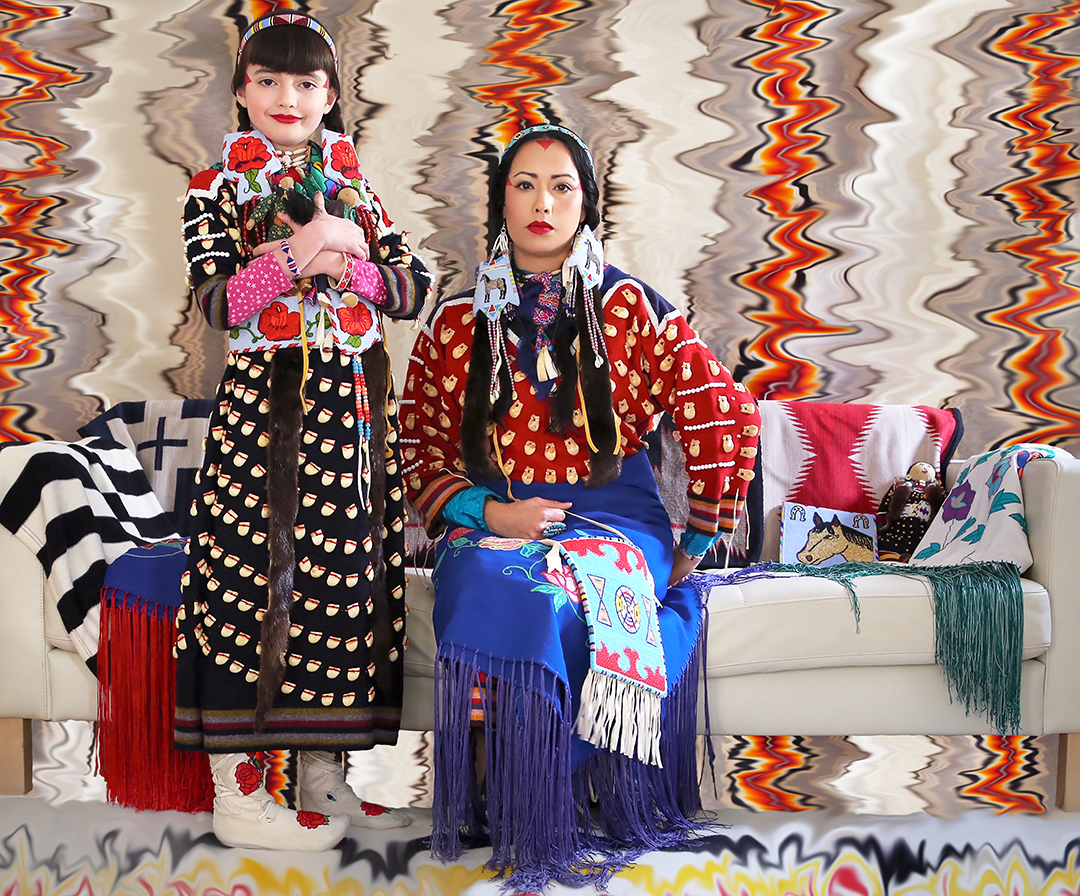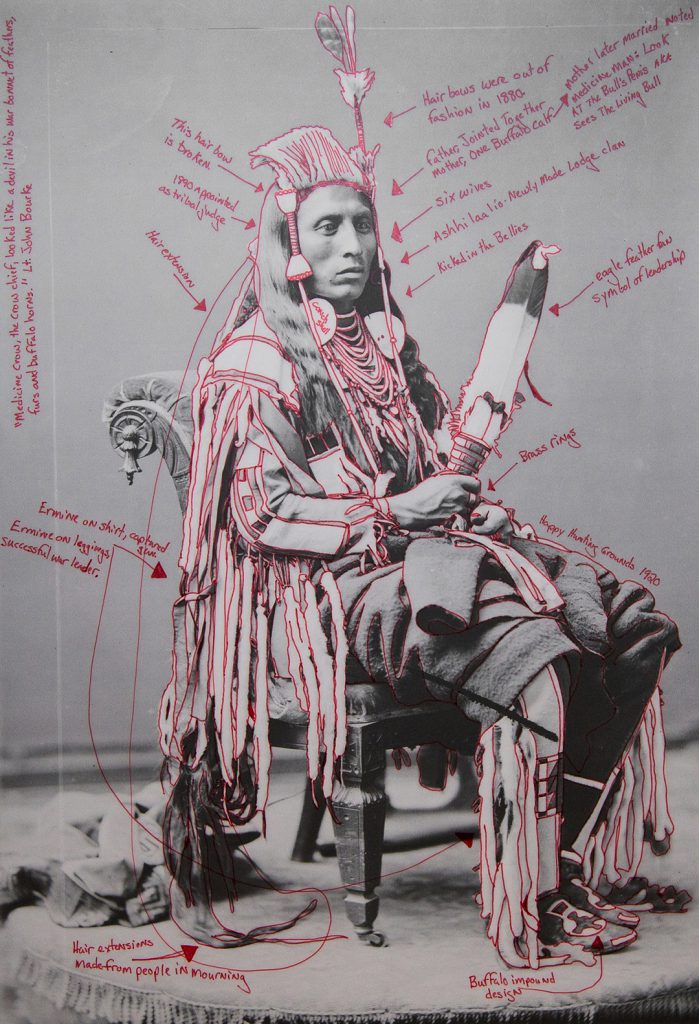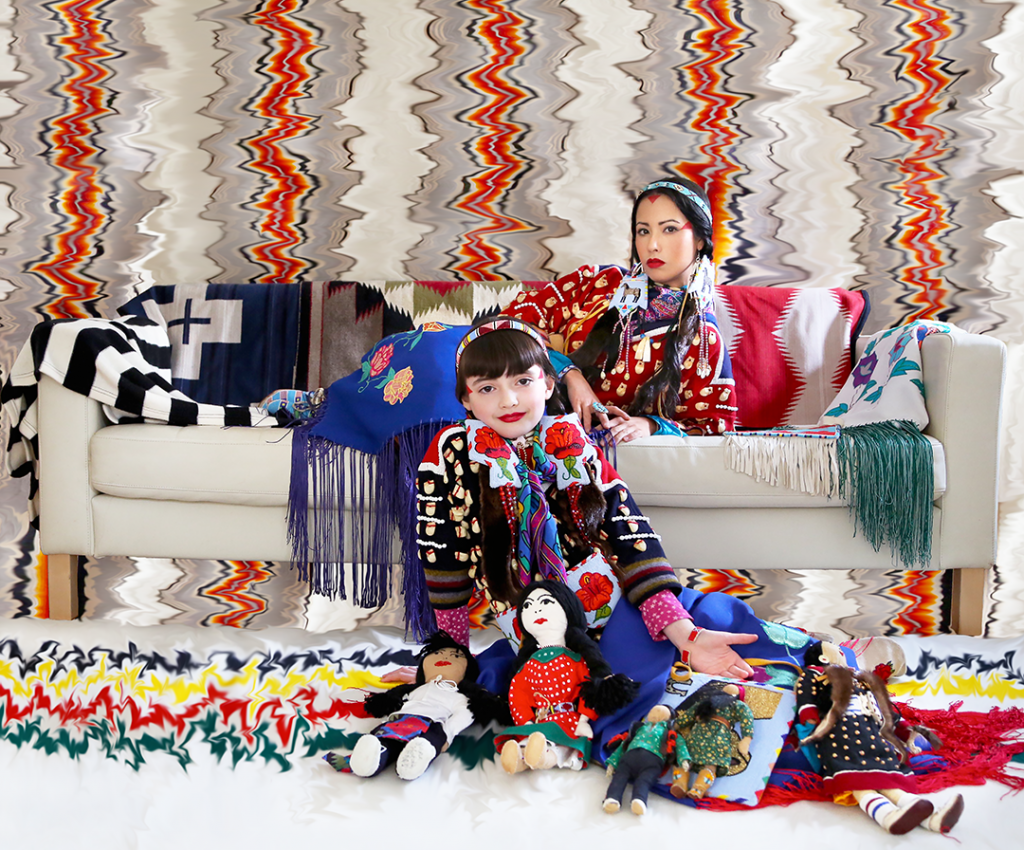Dr. Saloni Mathur on the Life and Legacy of Amrita Sher-Gil
SAM’s Gardner Center for Asian Art and Ideas presents the 2023–24 season of the Saturday University Lecture Series, exploring various topics loosely inspired by the exhibition Renegade Edo and Paris: Japanese Prints and Toulouse-Lautrec at the Seattle Asian Art Museum. This month, Dr. Saloni Mathur, Professor and Chair of the Department of Art History at the University of California, Los Angeles, will offer a discussion on the paintings of revolutionary 20th-century South Asian artist Amrita Sher-Gil on Saturday, November 11. In advance of her talk, SAM spoke with Mathur about her reaction to seeing Amrita Sher-Gil’s Self-Portrait as Tahitian for the first time, its similarities with Native contemporary artist Wendy Red Star’s Four Seasons series, and more.
SAM: What can the public expect to learn about in your upcoming Saturday University lecture? What initially drew you to this topic?
SALONI MATHUR: I will be speaking about Amrita Sher-Gil (1913–1941), the part-Indian, part-Hungarian painter who stands at the cosmopolitan helm of modern Indian art. She was the first Indian to receive artistic training in Paris, attending the École des Beaux-Arts from 1929 to 1932. The biracial, bicultural, and bisexual artist was described recently by Time Magazine as “shockingly modern.” My talk will focus on her extraordinary painting, Self-Portrait as Tahitian (1934), in which she was supposedly responding to Gauguin’s stylization of the female nude.
I remember experiencing a sense of vertigo after first encountering this painting in response to the dizzying set of questions it raised. What were the conditions that made possible such an account of Gauguin by a non-western woman in 1934? What precisely was meant by Sher-Gil’s self-conscious placement into the body of a Tahitian nude? And how could art history have missed this painting, so deliberately a citation of art historical precedent?
SAM: Academic research often involves travel. Is there a travel experience related to your lecture experience that you could share with us?
SM: Self-Portrait as Tahitian was housed with her descendants in a private collection for a long time. I traveled to Europe to study the painting on two occasions when it was displayed as part of larger exhibitions. The first time was for the exhibition Companionable Silences curated by Shanay Jhaveri in Paris, France in 2013, and the second was for Documenta 14 in Kassel, Germany in 2017.
SAM: The Seattle Art Museum is home to nearly 25,000 works of art. What’s one artwork from the museum’s collection that resonates with you? Why?
SM: I’ve always been a fan of contemporary Native American artist Wendy Red Star’s Four Seasons (2006) print series in SAM’s collection. Here, Red Star parodies and undercuts exotic stereotypes of the Indigenous woman by repeatedly stepping into the photographic frame herself. The way she challenges the conventions of looking with her own physical presence resonates a great deal with Amrita Sher-Gil’s own gesture of subversion in Self-Portrait as Tahitian, painted some ninety years ago. In both cases, the young non-white, female artist rejects the terms of her own objectification, and steps into the canvas or photographic frame to assume a new command of their situation.
SAM: Is there anything we didn’t ask that you want to share with the public in advance of your lecture?
SM: The Delhi-based contemporary artist, Vivan Sundaram (1943–2023), a major figure in Indian art who sadly passed away earlier this year, was also the nephew of Amrita Sher-Gil. A significant corpus of his work dealt with the legacy of his famous aunt. His Re-take of Amrita series of black and white digital photomontages based on archival photographs from the family archive are especially powerful. Using digital technologies, Sundaram reconfigures these photographs in highly creative ways, and recasts the family in new roles, retelling his family history.
SAM: What’s one book you’d recommend to those interested in learning more about your lecture topic?
SM: Amrita Sher-Gil: An Indian Artist Family of the Twentieth Century. Schirmer/Mosel, 2007. This catalogue—created as part of an exhibition previously held at the Tate Modern in London—includes many of Sher-Gil’s paintings alongside Sundaram’s Re-takes series.
– Simon Tran, SAM Manager of Public Engagement
Photos: Courtesy of Saloni Mathur. Self-Portrait as Tahitian, 1934, Amrita Sher-Gil. Oil on canvas. Four Seasons series: Indian Summer, 2006, printed 2016, Wendy Red Star, Archival pigment print on Sunset Fiber rag, Sheet: 23 × 26 in. (58.4 × 66 cm), Image: 21 x 24 in., Gift of Loren G. Lipson, M.D., 2016.13.4. Bourgeois Family: Mirror Frieze, Vivan Sundaram, digital photomontage of archival print, from the Re-take of Amrita series, 2001–02.

